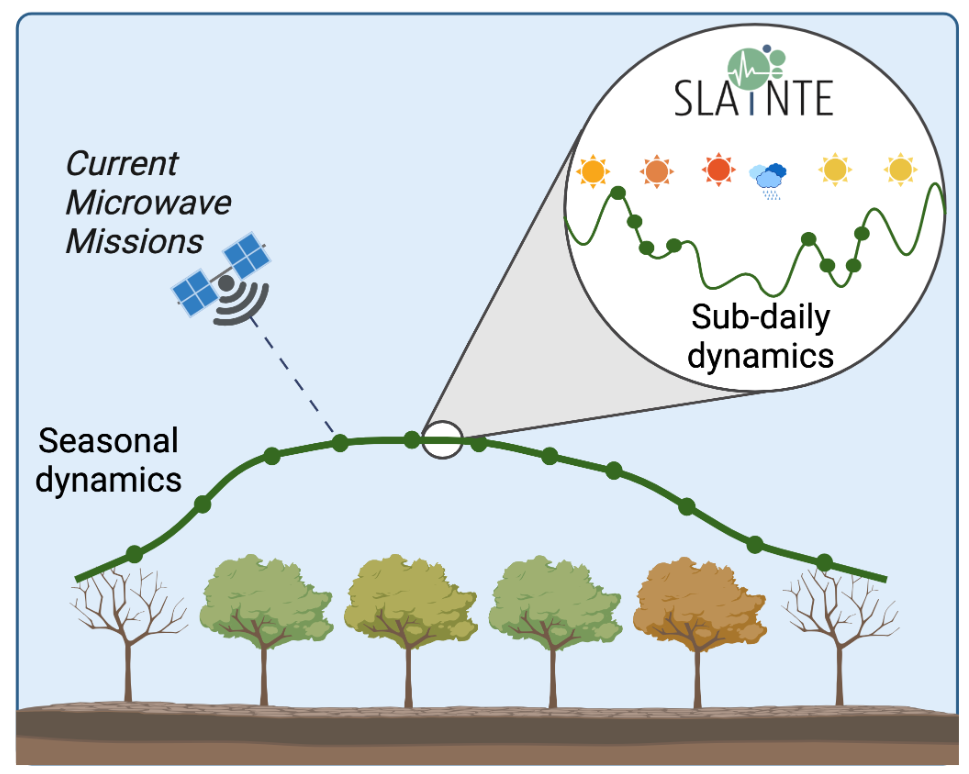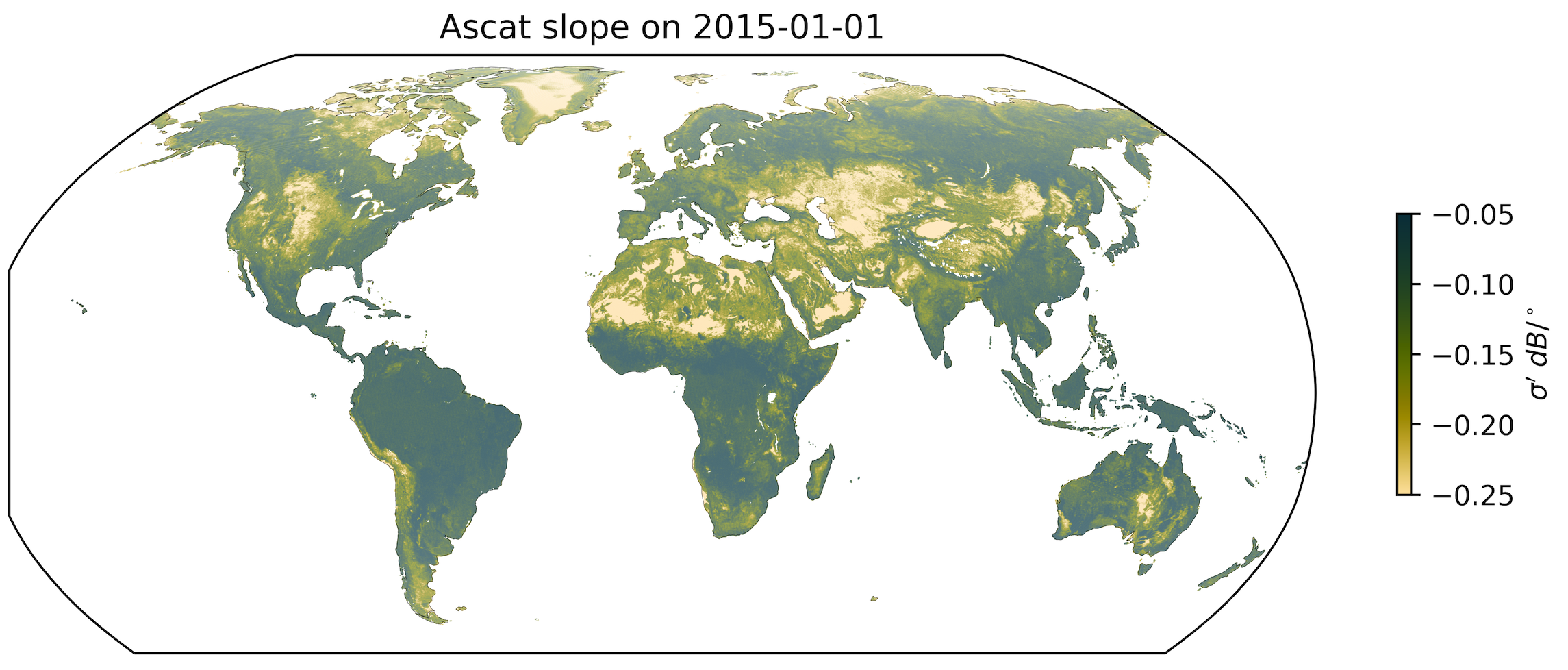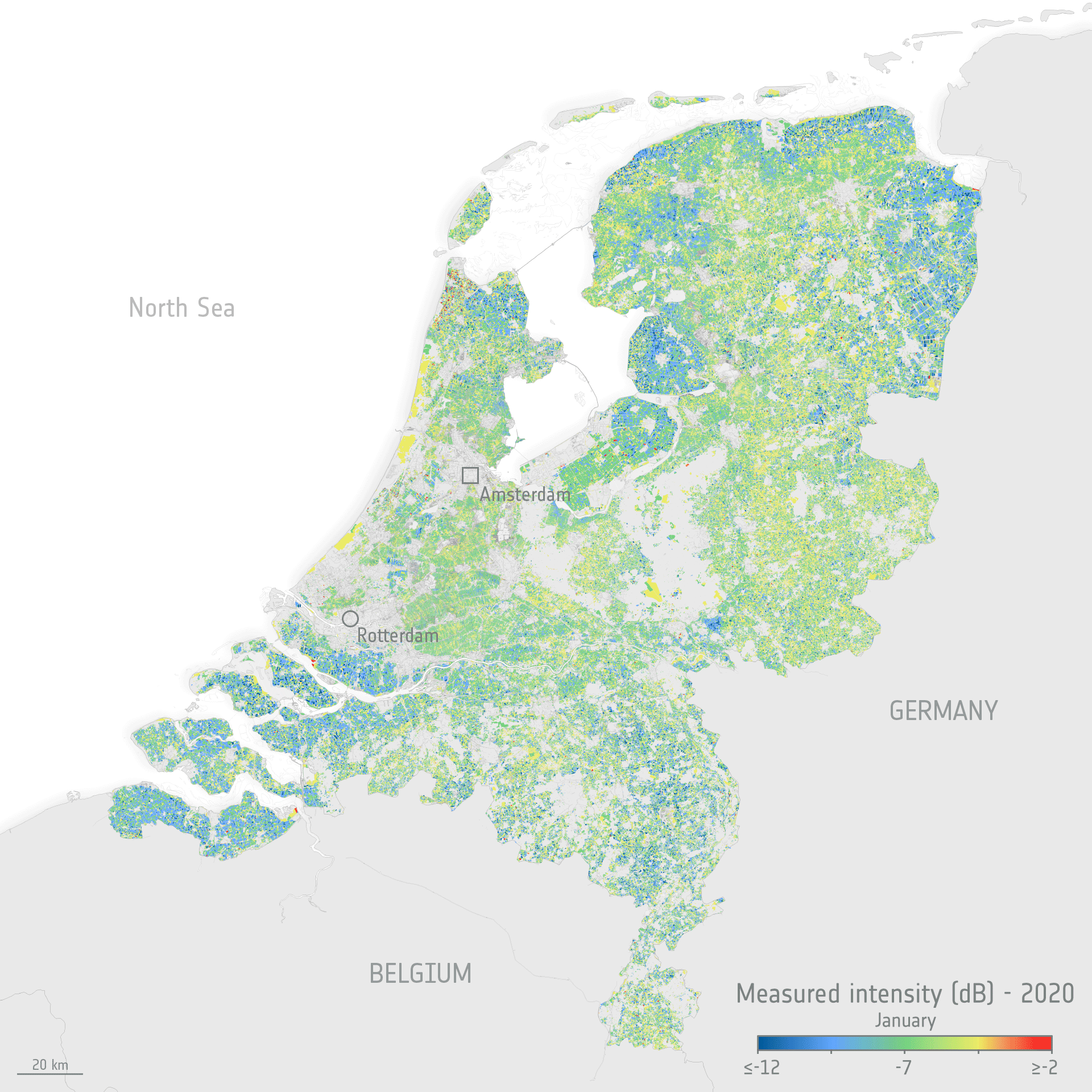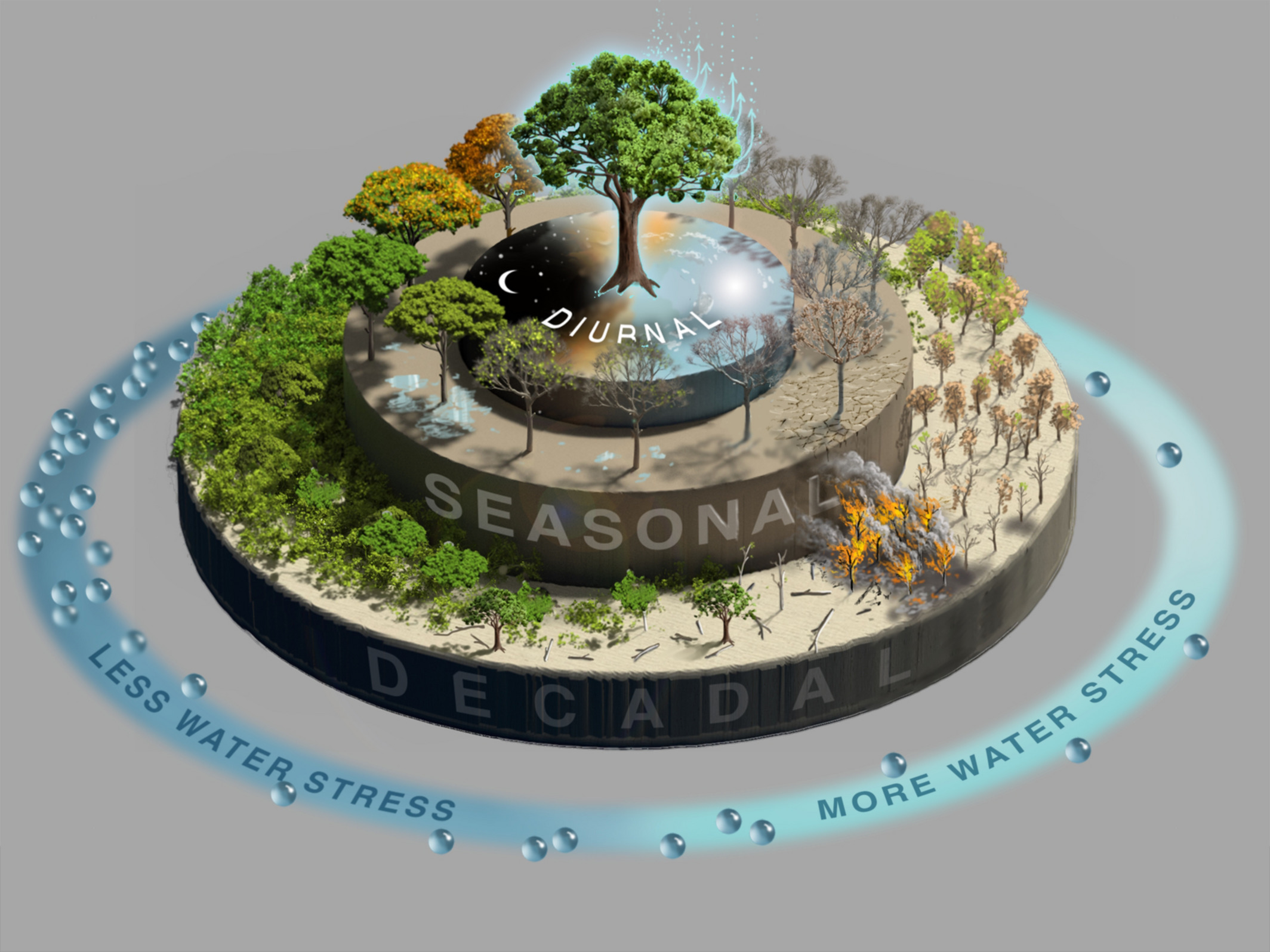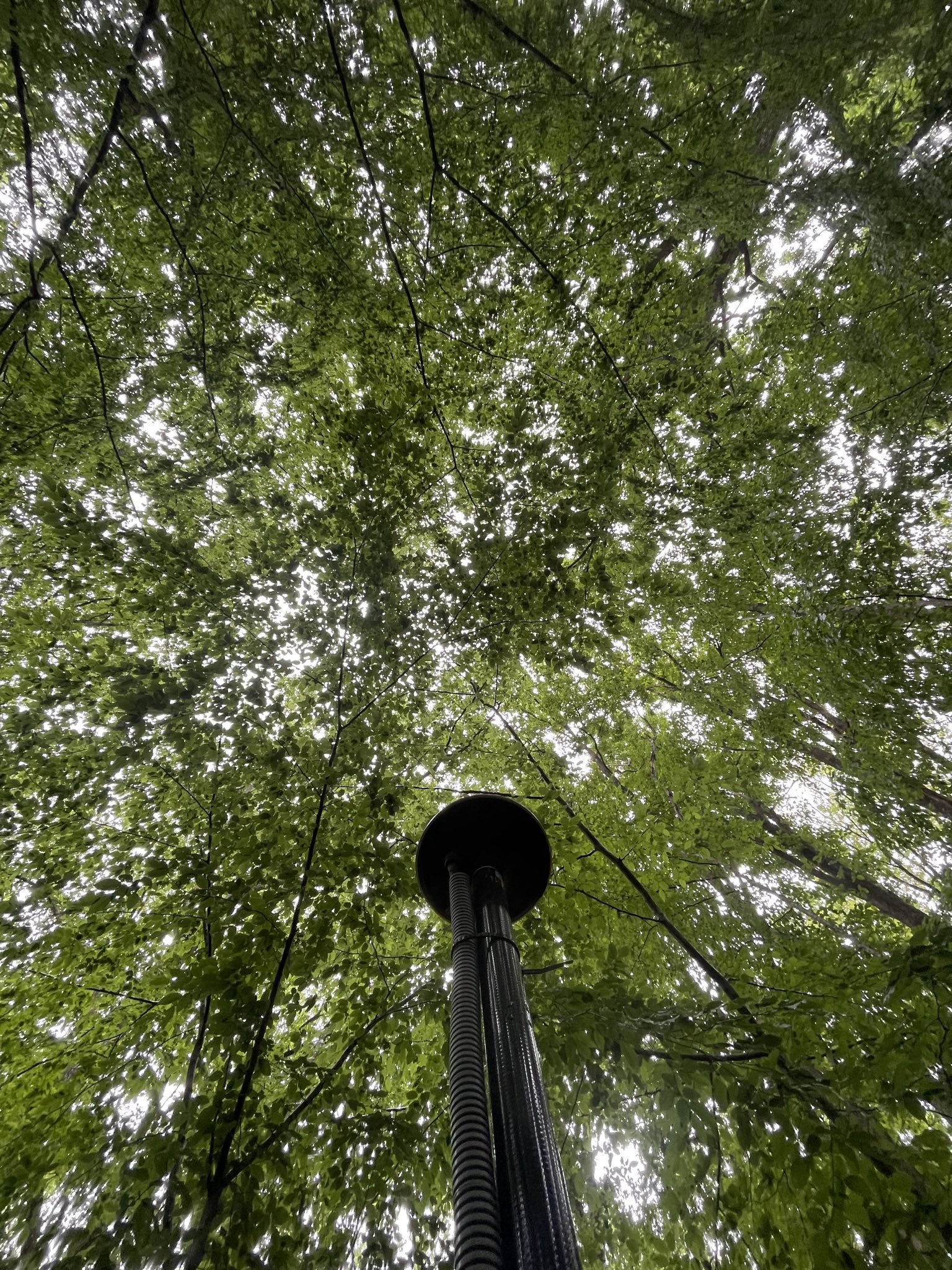
TU Delft GNSS transmissivity network
To support the development of the SLAINTE mission concept, we are installing a network of GNSS sensors to measure L-band attenuation in forested areas. All sensors are located close to flux towers and dendrometry and/or sap flow sensors, allowing us to relate L-band attenuation to vegetation water dynamics. These measurements will be used to strengthen the science case for SLAINTE and contribute to the consolidation of requirements.

